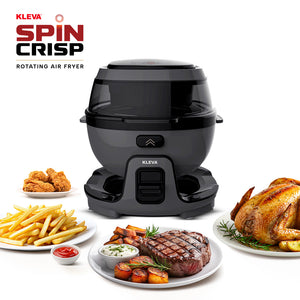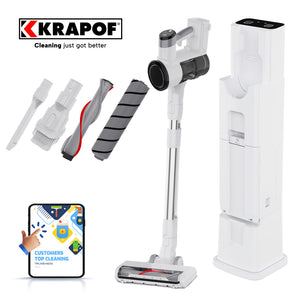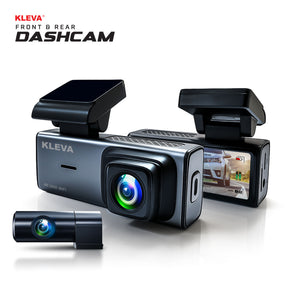Old-fashioned razors are often referred to as "safety razors." These are razors that use a protective guard to minimize the risk of cuts and nicks while shaving.
Whether a traditional safety razor is better depends on personal preference and shaving habits. Some people find traditional safety razors provide a closer shave with less irritation compared to modern multi-blade razors. Additionally, safety razors are typically more cost-effective and environmentally friendly because they use replaceable blades rather than disposable cartridges. However, using a safety razor requires more skill and technique to avoid cuts, so it may not be suitable for everyone.
The first safety razor, patented by King Camp Gillette in 1901, featured a guard that held a disposable, double-edged blade at a fixed angle. It resembled modern safety razors but was simpler in design.
Using an old-fashioned safety razor involves several steps:
- Prepare the skin: Soften the hair and open the pores by taking a warm shower or applying a warm towel to your face for a few minutes.
- Lather up: Use a shaving brush to apply shaving cream or soap to your face, creating a rich lather. This helps to lubricate the skin and hair, making it easier for the razor to glide smoothly.
- Hold the razor: Hold the safety razor at a slight angle (usually around 30 degrees) to your skin. The handle should be gripped firmly but not too tightly.
- Shave with the grain: Start shaving in the direction of hair growth, using short, gentle strokes. Let the weight of the razor do the work rather than applying pressure.
- Rinse frequently: Rinse the razor head under warm water after every few strokes to remove hair and shaving cream buildup.
- Shave carefully: Be mindful of the angle and pressure you apply to avoid nicks and cuts. Take your time and shave slowly, especially if you're new to using a safety razor.
- Rinse and moisturize: Once you've finished shaving, rinse your face with cold water to close the pores, then apply a moisturizing aftershave or lotion to soothe the skin.
Shaving with a safety razor can be considered better by some for several reasons:
- Closer Shave: Safety razors often provide a closer shave compared to disposable razors or electric shavers because they typically have a single, sharp blade that cuts closer to the skin.
- Cost-Effective: While the initial investment in a safety razor might be higher, in the long run, they can be more cost-effective as replacement blades are generally cheaper than disposable cartridges.
- Reduced Environmental Impact: Safety razors generate less waste compared to disposable razors since the only part that needs to be replaced is the blade, which is typically made of metal and can be recycled.
- Less Irritation: Some users find that safety razors cause less irritation and razor burn compared to multi-blade disposable razors, especially if they have sensitive skin.
People stopped using safety razors in large part due to the convenience and marketing of multi-blade disposable razors. Companies began promoting razors with multiple blades, claiming they provided a closer shave. These razors became popular because they were easier to use, required less skill, and were often perceived as more convenient. Additionally, safety razors require more careful technique to avoid nicks and cuts, which might have contributed to their decline in popularity as well.
The point of a safety razor is to provide a close shave while minimizing the risk of cutting oneself. The term "safety" in safety razor refers to the guard that surrounds the blade, which helps protect the skin from cuts and allows for a smoother shaving experience compared to straight razors, which have an exposed blade. Safety razors also typically use a single blade, which some people believe reduces the risk of irritation and ingrown hairs compared to multi-blade razors.
 Discounts are applied at checkout
Discounts are applied at checkout





















